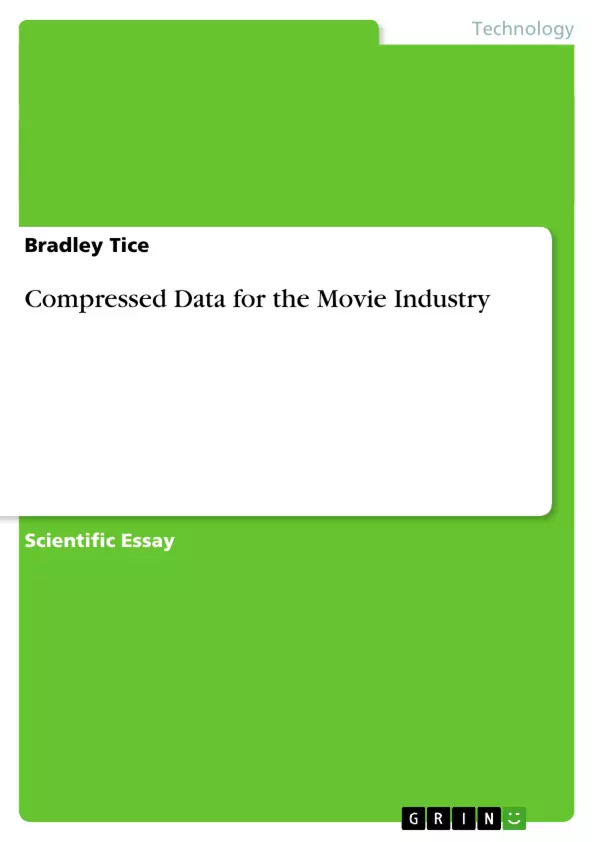The paper will present an engineering model of algorithmic complexity in the compression of media data associated with the image and audio communications industry; film and radio. The algorithmic compression program is the most efficient system known with the greatest compression values known in the literature.
Inhaltsverzeichnis (Table of Contents)
- Introduction
- Foundations
- Foundations - Examples
- Applications to Visual and Auditory Signals
- Conclusions
- Summary
- References
Zielsetzung und Themenschwerpunkte (Objectives and Key Themes)
This paper presents a compression algorithm designed for both random and non-random sequential binary strings of data, with direct applications to the storage and transmission of digital media such as movies, television, and audio signals. The author details the algorithm's foundations, practical examples, and potential benefits for the movie industry.
- Development of a compression algorithm for random and non-random binary strings.
- Applications of the algorithm in visual and auditory signal engineering, particularly for the movie industry.
- Comparison of the algorithm to existing compression systems like Huffman coding and arithmetic coding.
- Integration of the algorithm into a novel "hybrid" computer system.
- Advantages of the algorithm in terms of compression factor and efficiency.
Zusammenfassung der Kapitel (Chapter Summaries)
- Introduction: The author introduces the compression algorithm and its potential applications in the media industry, focusing on the storage and transmission of digital media.
- Foundations: This section outlines the foundational aspects of the algorithm, including the treatment of linear sequential strings as concatenations of symbols based on their relevancy, placement, and adjoining symbols. It also defines random and non-random binary sequential strings with illustrative examples.
- Foundations - Examples: This section provides practical examples of how the algorithm can be used to compress both random and non-random binary sequential strings, illustrating the compression process and notation.
- Applications to Visual and Auditory Signals: This section discusses the direct applications of the algorithm to visual and auditory signals used in the media industry, emphasizing its potential for the movie industry. It also compares the algorithm to existing compression systems like Huffman coding and highlights its advantages in terms of efficiency and compression factor.
- Conclusions: This section summarizes the key features of the algorithm and its potential benefits for visual and auditory signal engineering, including its ability to compress random sequences, its universal and specific qualities, its application to radix base number systems, and its integration into a novel computer system.
- Summary: This section reiterates the key findings of the paper, emphasizing the practical implementation of the algorithm for data transmission and storage of media information through visual and audio data signals. It also highlights the potential applications of the algorithm across various industries.
Schlüsselwörter (Keywords)
The paper focuses on data compression, random and non-random binary strings, visual and auditory signals, media industry, movie industry, compression algorithm, Huffman coding, arithmetic coding, computer systems, and signal engineering.
- Arbeit zitieren
- Professor Bradley Tice (Autor:in), 2014, Compressed Data for the Movie Industry, München, GRIN Verlag, https://www.hausarbeiten.de/document/268095


